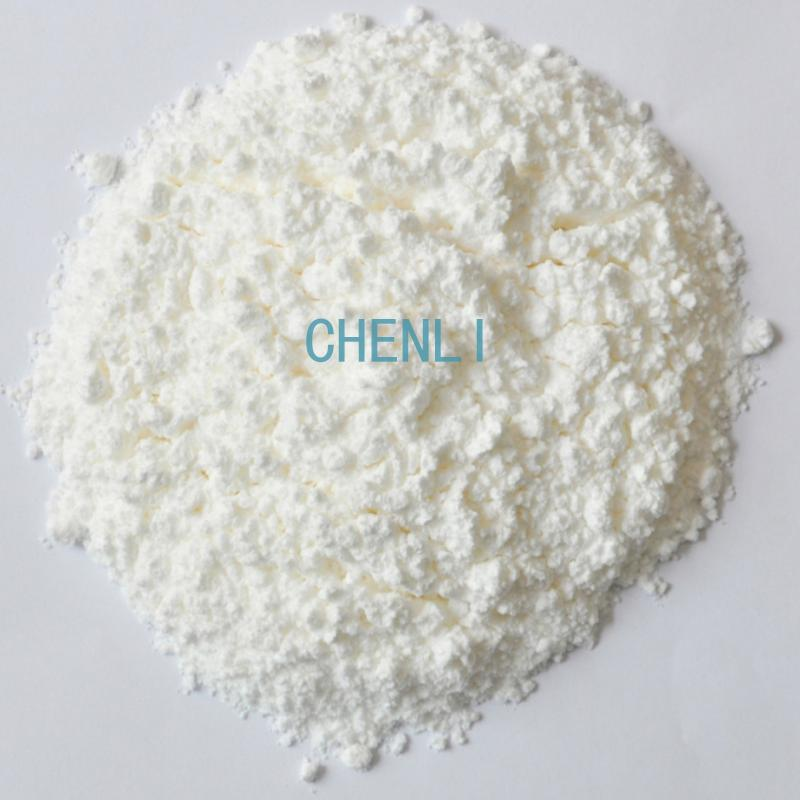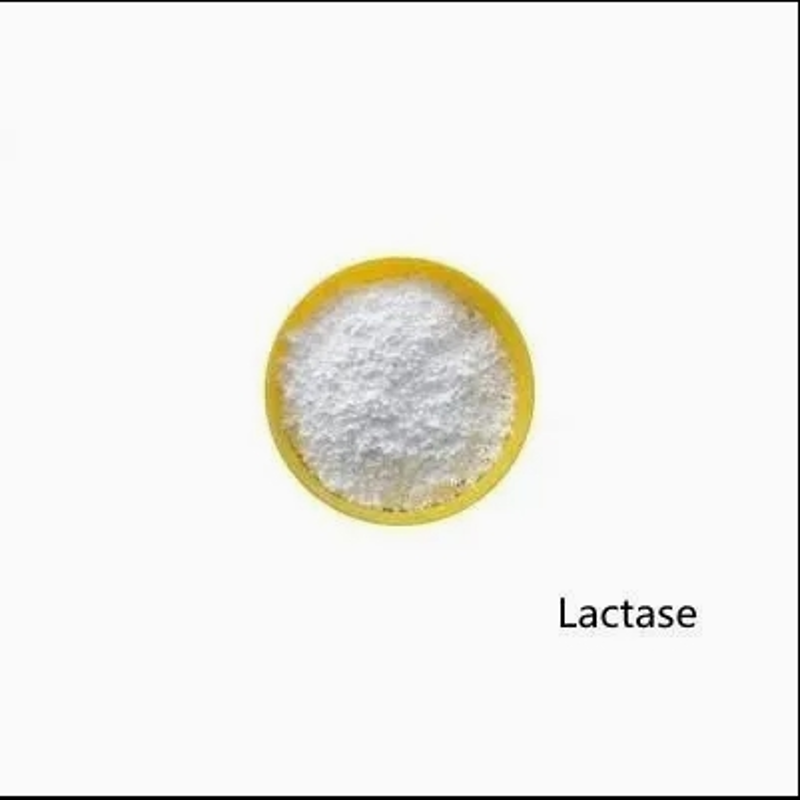-
Categories
-
Pharmaceutical Intermediates
-
Active Pharmaceutical Ingredients
-
Food Additives
- Industrial Coatings
- Agrochemicals
- Dyes and Pigments
- Surfactant
- Flavors and Fragrances
- Chemical Reagents
- Catalyst and Auxiliary
- Natural Products
- Inorganic Chemistry
-
Organic Chemistry
-
Biochemical Engineering
- Analytical Chemistry
-
Cosmetic Ingredient
- Water Treatment Chemical
-
Pharmaceutical Intermediates
Promotion
ECHEMI Mall
Wholesale
Weekly Price
Exhibition
News
-
Trade Service
In accordance with the Food Safety Law of the People's Republic of China and its Implementation Regulations, the relevant information of our bureau's recent food safety supervision and sampling inspection in the city is hereby announced as follows:
The food safety supervision and sampling information released this time involves 25 major categories of food, including edible agricultural products, edible oils and fats and their products, catering foods, meat products, quick-frozen foods, condiments, grain processing products, starch and starch products, tea and related products, sugar, fried foods and nut products, alcohol, beverages, potatoes and puffed foods, vegetable products, aquatic products, fruit products, soy products, pastries, egg products, food additives, convenience foods, dairy products, candy products, biscuits, a total of 571 batches were sampled , of which 561 batches were qualified and 10 batches
were unqualified.
Sample information is detailed in the annex
.
were unqualified.
Sample information is detailed in the annex
.
The Fuzhou Municipal Administration for Market Regulation has requested the local market regulatory department to investigate and deal with unqualified food producers and traders, investigate and deal with violations of laws and regulations in accordance with the law, urge food producers and traders to perform their statutory obligations, and prevent and control food safety risks
.
.
Trivia for non-conforming projects
1.
Coliform
Coliform
Coliform bacteria is one of
the commonly used indicator bacteria for food contamination at home and abroad.
Excessive coliform bacteria in tableware indicate that it is more likely to be contaminated by pathogenic bacteria, which may cause gastrointestinal discomfort to consumers, accompanied by abdominal pain and nausea
.
The National Food Safety Standard Disinfected Meal (Drink) Utensils (GB14934-2016) stipulates that coliform bacteria shall not be detected in disinfected meal (drink) utensils/50 square centimeters
.
the commonly used indicator bacteria for food contamination at home and abroad.
Excessive coliform bacteria in tableware indicate that it is more likely to be contaminated by pathogenic bacteria, which may cause gastrointestinal discomfort to consumers, accompanied by abdominal pain and nausea
.
The National Food Safety Standard Disinfected Meal (Drink) Utensils (GB14934-2016) stipulates that coliform bacteria shall not be detected in disinfected meal (drink) utensils/50 square centimeters
.
Second, imidacloprid
Imidacloprid is a nicotinyl chloride insecticide with broad spectrum, high efficiency and low toxicity
.
Long-term consumption of food with imidacloprid exceeding the standard may cause harm
to the human body.
The National Food Safety Standard Maximum Residue Limit of Pesticides in Food (GB 2763-2021) stipulates that the maximum residue limit value of imidacloprid in bananas is 0.
05mg/kg
.
.
Long-term consumption of food with imidacloprid exceeding the standard may cause harm
to the human body.
The National Food Safety Standard Maximum Residue Limit of Pesticides in Food (GB 2763-2021) stipulates that the maximum residue limit value of imidacloprid in bananas is 0.
05mg/kg
.
3.
Enrofloxacin
Enrofloxacin
Enrofloxacin is a synthetic broad-spectrum antibacterial drug with good effects
in the prevention and treatment of bacterial infections and mycoplasma in livestock and poultry.
Long-term consumption of foods with excessive enrofloxacin residues may have a certain impact
on human health.
The National Food Safety Standard Maximum Residue Limits for Veterinary Drugs in Food (GB 31650-2019) stipulates that the maximum residue limit of enrofloxacin in fish is 100μg/kg (calculated as the sum of enrofloxacin and ciprofloxacin).
in the prevention and treatment of bacterial infections and mycoplasma in livestock and poultry.
Long-term consumption of foods with excessive enrofloxacin residues may have a certain impact
on human health.
The National Food Safety Standard Maximum Residue Limits for Veterinary Drugs in Food (GB 31650-2019) stipulates that the maximum residue limit of enrofloxacin in fish is 100μg/kg (calculated as the sum of enrofloxacin and ciprofloxacin).
Consumers are particularly reminded that if they purchase or find substandard food listed in the notice in the market, please call the complaint and report hotline 12315 to make a complaint
.
.
Fuzhou Market Supervision Administration
November 18, 2022
Attachment download
Information sheet for qualified and unqualified products with food sampling results (Issue 15, 2022) .
xls
xls







